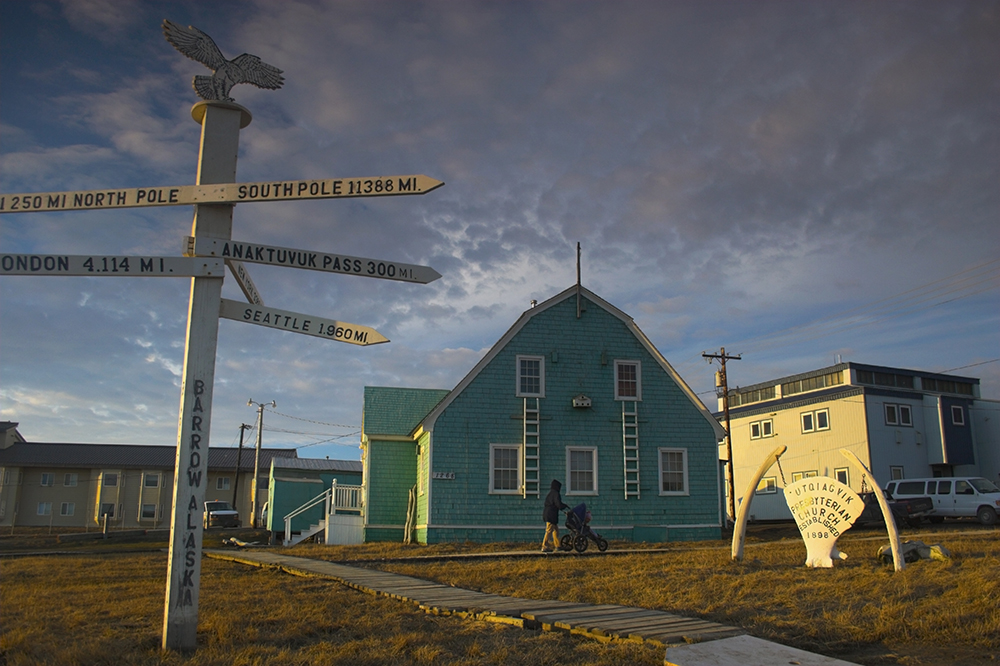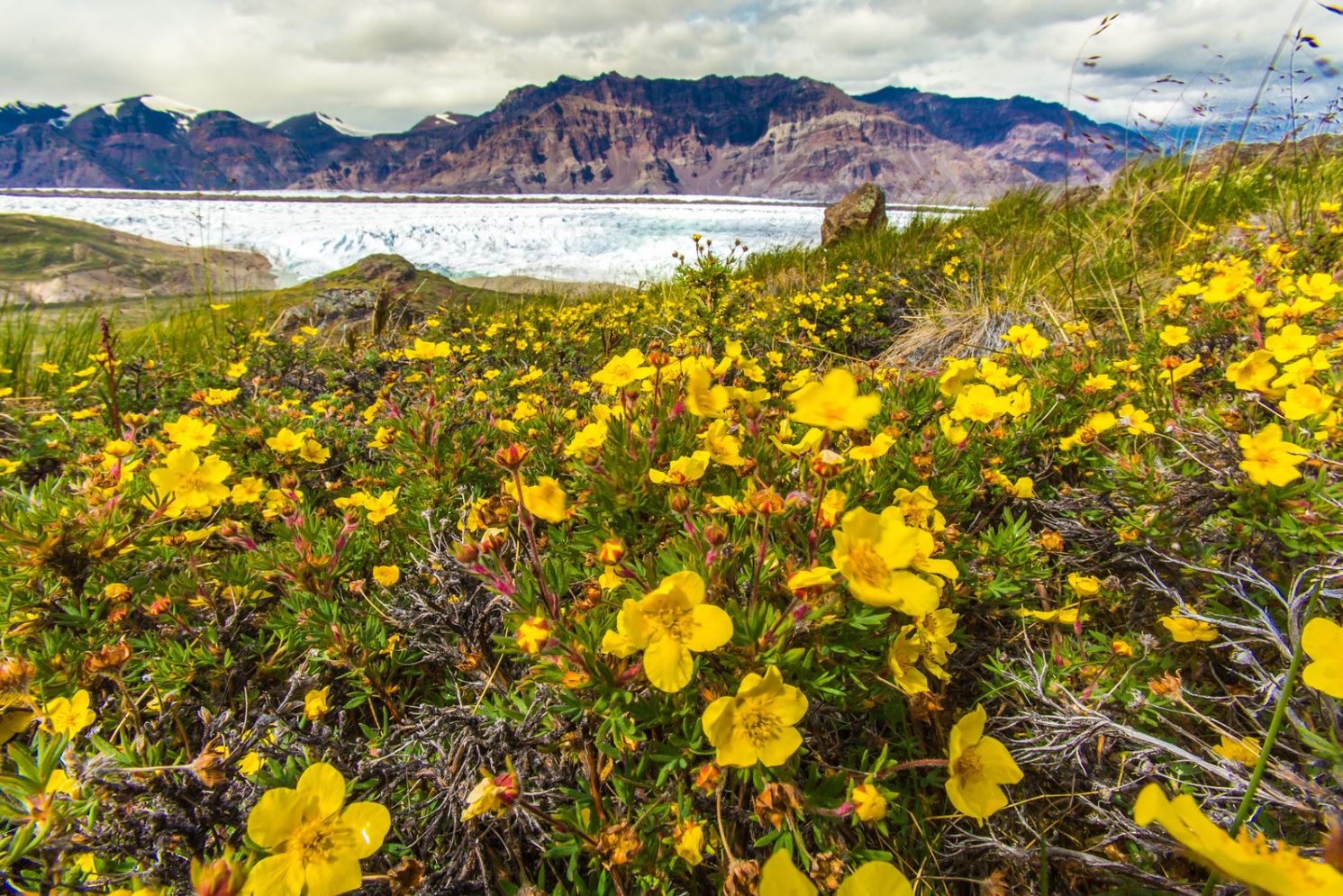Why Arctic and Northern Studies?
What is Arctic and Northern Studies and why should I study it?

As an interdisciplinary program, it draws from several disciplines, including:
... and more to prepare students to enter into diverse fields with knowledge and skills pertinent to the region.
What can you do with a degree in Arctic and Northern Studies?

Some careers Arctic and Northern Studies majors go on to pursue are...
... and more!
Arctic and Northern Studies at the University of Alaska Fairbanks
Degrees Offered:

Arctic and Northern Studies M.A. concentrations include:

The History of Arctic and Northern Studies
The University of Alaska has offered a B.A. in Northern Studies for over half a century. Read about the long history of this important program.
read more
Students benefit from the extensive expertise and research activities of UAF faculty, the Alaska and Arctic collections of the UAF library and museum, and, of course, the fact of being surrounded by the North itself. Students will be a part of a growing cohort of people interested in and concerned about the world’s fastest changing region.
Students can pursue the B.A., M.A., or the Interdisciplinary Studies Ph.D. in-person or online or through a combination of in-person and online classes. Online classes include both synchronous (in which students meet via videoconference) and asynchronous (in which students do not meet) options. However, not all courses are offered in multiple modalities.

Arctic and Northern studies include faculty and courses from political science, history, art, English, Alaska native studies, geography, Russian studies, music and anthropology. Because it’s so diverse, you’ll have all kinds of unique opportunities to work with other academic programs at UAF—making new connections and expanding your career horizons as you do.
How else can I get involved around campus?
Our students are highly active on campus and commonly participate in a variety of extracurricular activities, including the Arctic and Northern Studies Club as well as the Model Arctic Council. Many take part in the Climate Scholars program and/or receive URSA funding for research projects.



Arctic and Northern studies faculty have won major awards for excellence in teaching, research and public service. They are also accessible mentors who are here to guide you from your first class through graduation.





